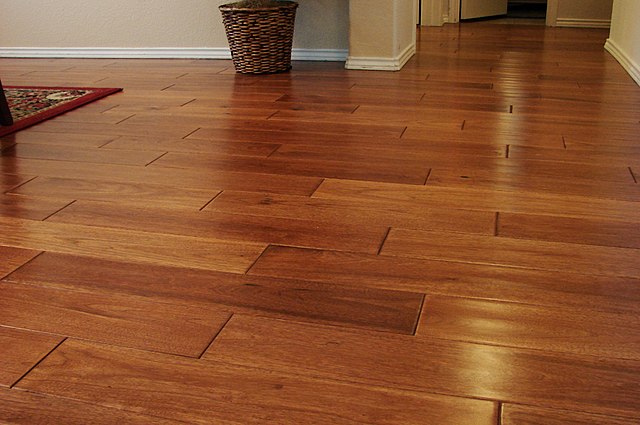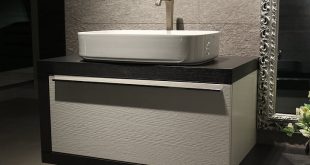Installing wooden flooring in your home is a big decision. It’s not something that you should do without thinking about it, and there are many things to consider before taking the plunge. However, if you’re looking for an eco-friendly option that will last decades and look great with any decor, then wooden flooring might be a good choice. In this blog post, we’ll cover all of the basics of installing wood floors in your home so that you can make an informed decision!
What Do You Need To Start Installing Wooden Flooring?
- Wooden floorboards or planks, of course. (One board width is about 12 inches).
- A saw to cut the wood into appropriately sized pieces – measuring tape will help you with this.
- Carpentry skills are not necessary, but they do make it easier than if you’re working alone and have never done this before.
- A good spirit level (which is not usually something that you will have on hand). The flooring needs to be as flat and straight as possible, so it’s worth the money for one of these if you can afford it.
- A hammer and nails for nailing the wooden boards to the floor
- Some adhesive that is appropriate for working with wood. One or two tubes should be more than enough, but this will depend on how much you need to cover in order to make sure your board remains stable.
- Putty knives (to spread out the adhesive)
- A board to use as your work surface so that you don’t have glue all over your floor. Just make sure there’s enough table for it because this is also where you will be cutting and shaping the wooden boards.
Step-By-Step Process of Installing Wood Flooring
The process of installing wood floors is not difficult but needs to be done carefully. Following these steps should give you peace of mind that the job has been completed well:
- Remove the old carpeting and padding
- Sand down all subfloors to remove any debris or bumps. This will help keep your wood from snagging on rough spots when it expands and contracts due to humidity changes throughout the year
- Put a layer of underlayment down that is made from things like cork, rubberized asphalt, or vinyl. These materials are good at preventing squeaks which happen when you walk across the floor over time, because they absorb sound vibrations better than plywood does by itself
- Nail wooden boards in place with galvanized nails every 12 inches apart. The nail heads should be flush with the surface of the board so that no one trips on them as they walk around barefoot in their home
- Install quarter round along the walls and baseboard molding to cover up any gaps or seams between your flooring and trim. This will also help protect your floors from water damage because it is a good idea to keep these areas dry by using mats outside entrances where people can wipe off their feet before coming inside, for example
- When you are ready to finish the project, use an oil-based varnish that dries quickly so that furniture and other items can be moved back into position right away
Conclusion
Install wood flooring because it adds beauty and warmth to your home. It is also a durable material that will stand up well against the wear and tear of daily life. With this installing guide, you can make the process quite easy.
 World inside pictures Collect and share the best ideas that make our life easier
World inside pictures Collect and share the best ideas that make our life easier








